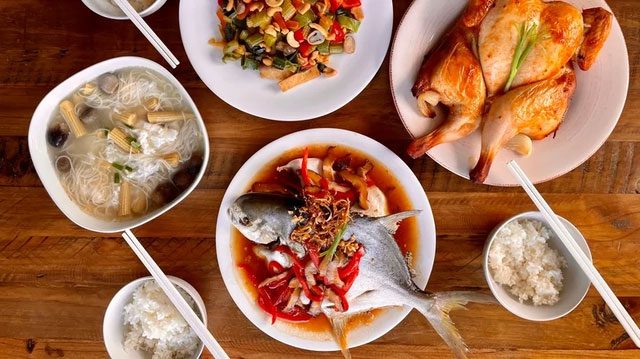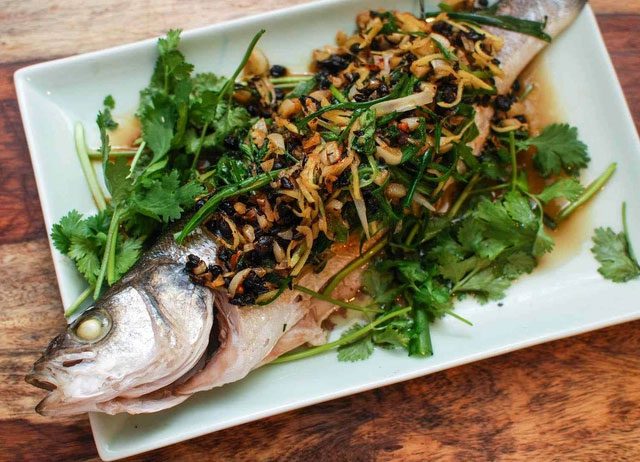China is one of the countries in Asia that celebrates the Lunar New Year, also known as the Spring Festival. This is the most important time of the year when families gather and return to their hometowns to usher in a prosperous new year.
In Vietnam, people often say “three days of Tet, seven days of spring”, meaning that although the true Tet celebration lasts only from the first to the third day of the new year, the festivities can extend for seven days. Similarly, the Chinese New Year celebrations also tend to last for about a week.
During these seven days, all family members come together to celebrate the end of winter and the beginning of spring. Alongside traditional lanterns, dragon dances, firecrackers, and lucky money, food plays an equally vital role during this festive period.
A traditional meal for the New Year includes various dishes, each rooted in ancient traditions and carrying significant meanings related to the fresh start of a new year. Among these, whole steamed fish is an indispensable dish on the dining table for the Chinese New Year.

Steamed fish is a must-have for the Chinese New Year feast.
During the early spring days, people often greet each other with the phrase “nián nián yǒu yú”, which signifies abundance and prosperity for the entire year. Coincidentally, in Chinese, the word for fish is pronounced as “yú,” which is why eating fish at the beginning of the year is seen as a way to pray for a smooth, prosperous, and successful new year.
So, why whole fish? According to tradition, eating a whole fish signifies that the year will go smoothly from beginning to end, without any obstacles. Therefore, when preparing fish for the New Year feast, it must be served whole and not cut or chopped. The best cooking method is to steam it with various seasonings.

Whole steamed fish is the most popular dish.
In addition, there are specific customs regarding how to eat fish and how to arrange it on the table. Specifically, on the last night of the old year, people will only eat the middle part of the fish, leaving the head and tail for the next morning, which is the first day of the new year. This symbolizes that the surplus from the previous year will carry over into the new year, helping the family attract more wealth.
Regarding presentation, the fish dish is placed in the center of the banquet table, with its head facing the guests or the elder family members, as a sign of respect, inviting them to eat first. Only after they have eaten can the others at the table enjoy the dish, and it is essential not to flip the fish over, as this could bring bad luck to the host.
Fish is an essential dish in the Chinese New Year meal, but it is not the only one. In addition to fish, there are many other types of seafood such as shrimp, scallops, and crabs, all of which are favored by many people in this country.


















































